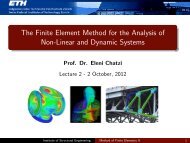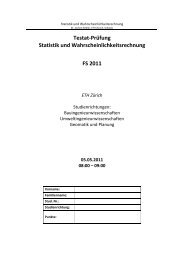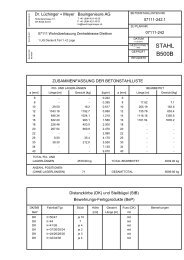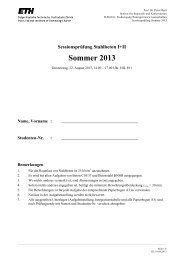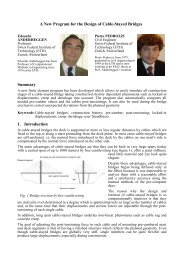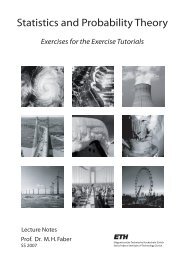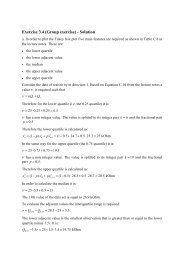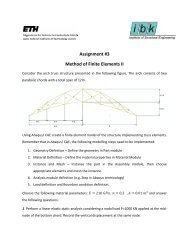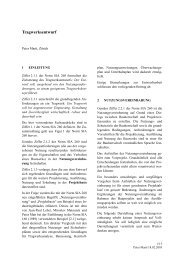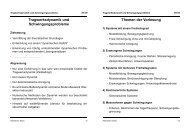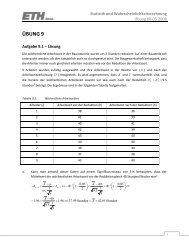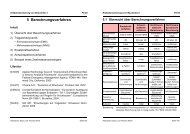The Finite Element Method for the Analysis of Non-Linear and ...
The Finite Element Method for the Analysis of Non-Linear and ...
The Finite Element Method for the Analysis of Non-Linear and ...
Create successful ePaper yourself
Turn your PDF publications into a flip-book with our unique Google optimized e-Paper software.
Inelasticity<br />
Elastoplasticity, Creep <strong>and</strong> Viscoplasticity are types <strong>of</strong> Inelastic<br />
behavior<br />
Elastic behavior ⇒ stresses can be directly calculated from <strong>the</strong> strain<br />
Inelastic behavior ⇒ <strong>the</strong> stress at time t depends on <strong>the</strong> stress strain<br />
history<br />
In <strong>the</strong> incremental analysis <strong>of</strong> inelastic response we had three main scenarios<br />
Small displacements-rotations / small strains ⇒ use linear elastic<br />
solution, engineering stress <strong>and</strong> strain measures<br />
Large displacements-rotations / small strains ⇒ use TL <strong>for</strong>mulation<br />
by substituting <strong>the</strong> appropriate stress - strain measures (PK2,<br />
Green-Lagrange) in <strong>the</strong> place <strong>of</strong> <strong>the</strong> engineering stress <strong>and</strong> strain<br />
measures<br />
Large displacements-rotations / large strains ⇒ use ei<strong>the</strong>r TL or UL<br />
<strong>for</strong>mulation, more complex constitutive laws<br />
Institute <strong>of</strong> Structural Engineering <strong>Method</strong> <strong>of</strong> <strong>Finite</strong> <strong>Element</strong>s II 21



